Understanding the unique sleep patterns of cats can offer insight into their behavior and how to best care for these beloved pets. Unlike humans, who follow a generally consistent cycle, cats exhibit a polyphasic sleep pattern, characterized by multiple short naps throughout the day and night. This fascinating difference springs from their evolutionary history and impacts their daily rhythm significantly.
The Evolutionary Roots of Cat Sleep Patterns

Cats have evolved as crepuscular hunters, meaning they are most active during the twilight hours of dawn and dusk. This adaptation allows them to maximize hunting opportunities while avoiding larger predators typically active during the daytime or nighttime. This evolutionary trait has influenced their sleep patterns, leading to intermittent bursts of activity followed by periods of rest and napping.
Polyphasic Sleep: A Feline Specialty
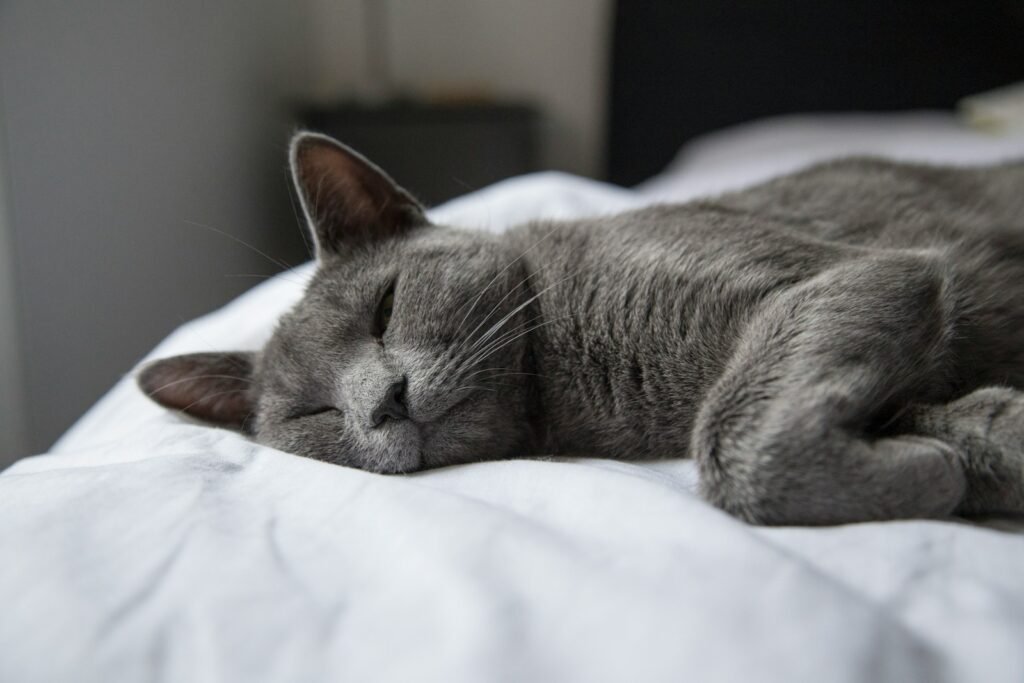
Unlike humans who follow a monophasic sleep cycle, characterized by a single, long sleep period, cats are polyphasic sleepers. This means they sleep multiple times throughout the 24-hour cycle. On average, a cat will sleep anywhere from 13 to 16 hours a day, distributed through several shorter naps. This pattern aligns perfectly with their natural predatory instincts and energy conservation needs.
Cat Naps: The Science Behind Short Sleep
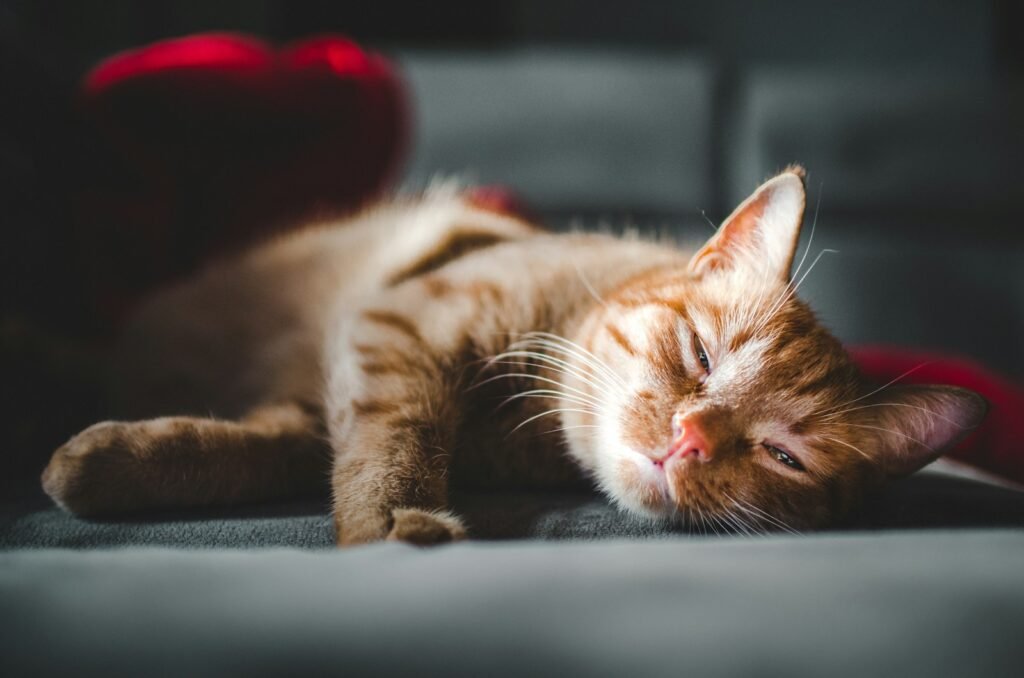
Cats are renowned for their ability to doze off quickly and deeply. These short naps are typically lighter than the deep sleep required for humans to feel rested. During these cat naps, they can experience REM sleep, which is crucial for cognitive functions such as memory and learning. However, their longer, deeper sleep phases occur less frequently.
The Role of REM Sleep in Cats
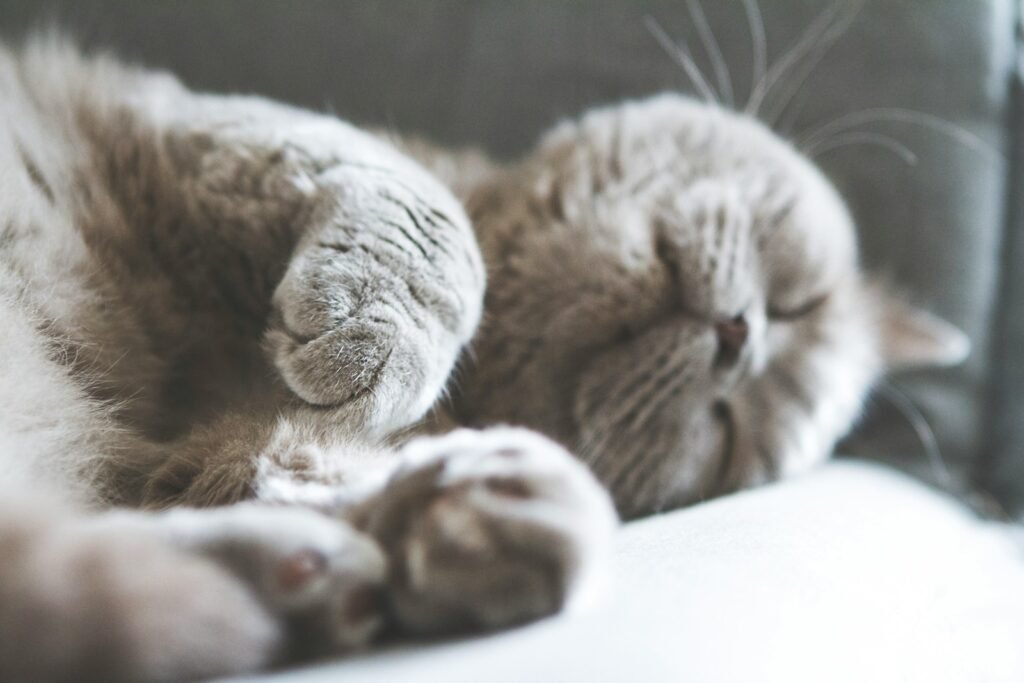
REM sleep, or Rapid Eye Movement sleep, plays an essential role in processing experiences and maintaining brain health. Cats enter REM sleep more frequently during their numerous sleep sessions compared to humans, who spend about 20-25% of their sleep in this state. For cats, REM sleep may make up a smaller portion of their total sleep but occurs during each sleep phase, which could explain their ability to remain alert during wakeful periods.
Adjusting to Domestic Lifestyles

While the instincts of cats are deeply rooted in their wild ancestors, domestication has influenced their sleep patterns to some extent. Indoor cats might adjust their sleep patterns to align more closely with their human companions, showing increased activity during the day compared to feral cats. However, this adjustment often remains subtle, reflecting their intrinsic crepuscular nature.
Cats vs. Other Animals: Sleep Pattern Comparisons
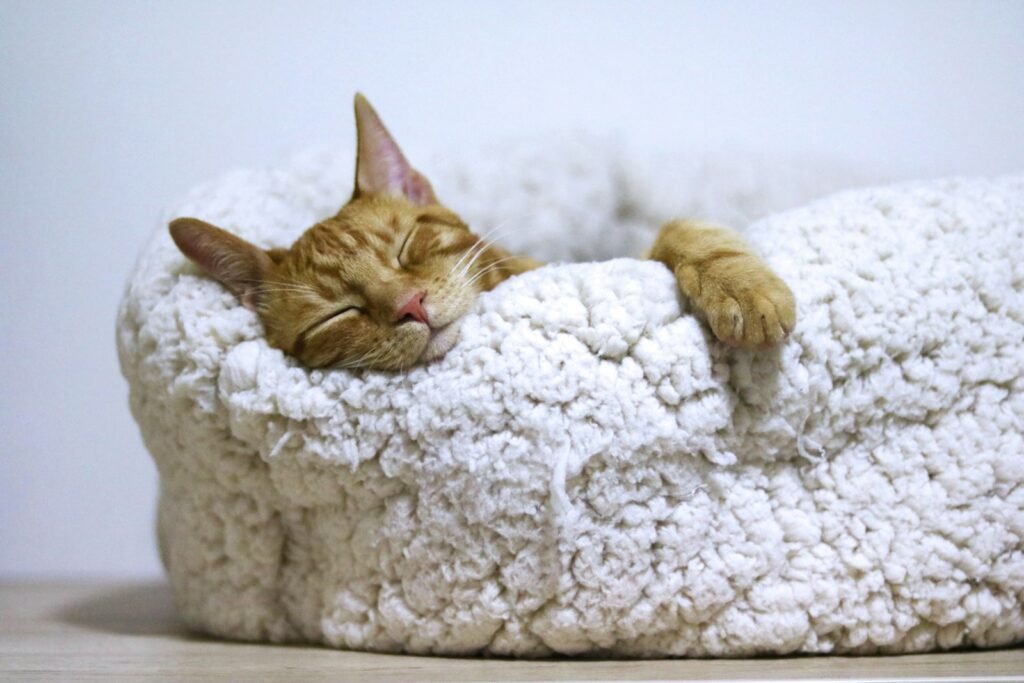
In contrast to cats, dogs tend to share a closer resemblance to human sleep cycles, often favoring long nighttime sleep and shorter daytime naps. Rodents, like cats, are also polyphasic but exhibit a more predictable wake-sleep cycle due to their intensive metabolic needs. Each species has adapted its sleep patterns based on evolutionary demands and environmental factors, making cats particularly unique in their flexibility.
The Importance of Providing a Comfortable Sleep Environment
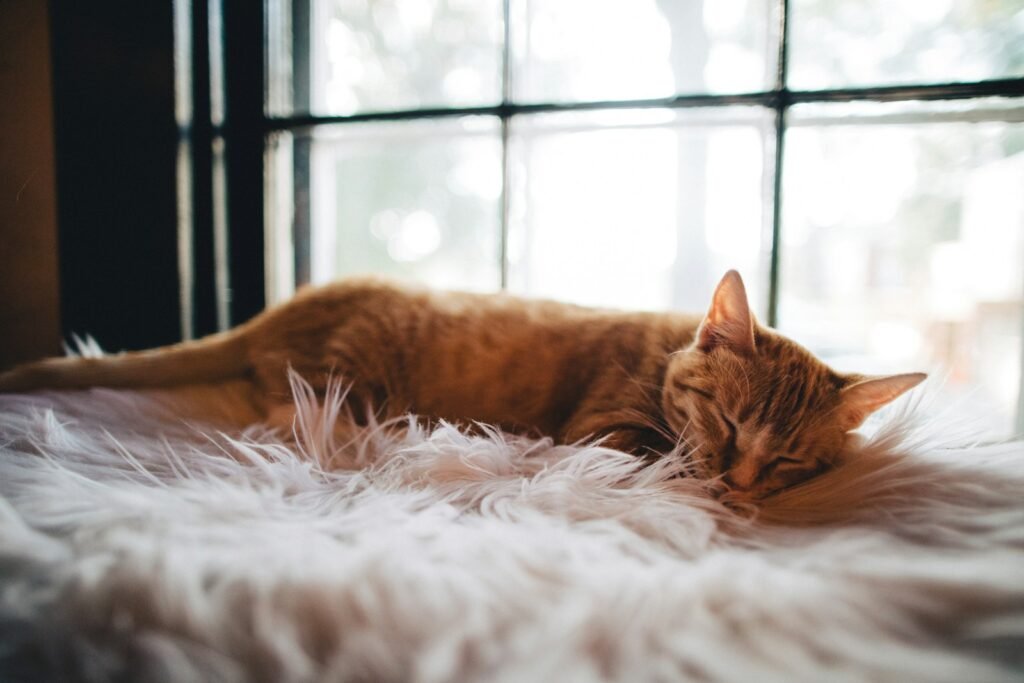
Considering their extensive need for sleep, providing cats with a comfortable environment is essential. A quiet, secure, and warm area helps cats to rest properly and feel safe, which is essential for maintaining overall health and well-being. Cat beds, soft blankets, and elevated perches can enhance their resting spots, enabling better sleep quality.
Health Implications of Sleep for Cats
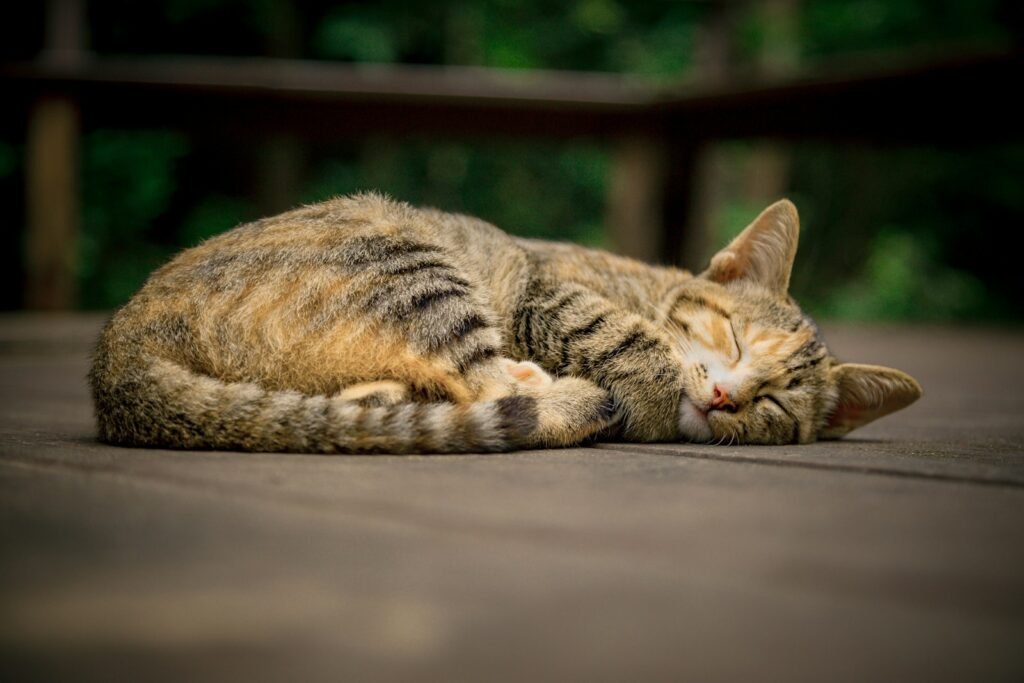
Sleep is vital for maintaining a cat’s physical and mental health. Constant disruptions to their sleep cycle can lead to stress and behavioral changes. Observing your cat’s sleep habits can provide insights into their health; deviations from their typical patterns might signal health issues, warranting further investigation by a veterinarian.
Conclusion
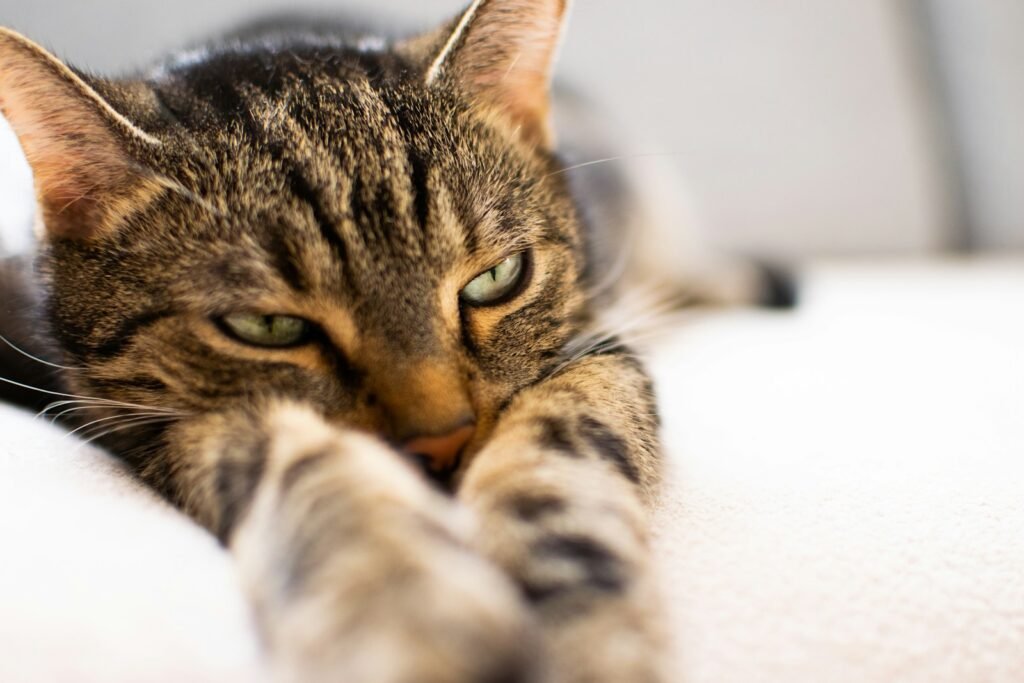
Understanding the distinct sleep cycles of cats not only deepens our appreciation for these independent creatures but also informs how we can better accommodate their needs. By acknowledging the evolutionary and biological factors that shape a cat’s sleep patterns, owners can create environments that support their feline companions’ unique lifestyles. Ensuring a comfortable and stress-free living space will enable cats to thrive, enhancing the bond between humans and their furry friends.

Suhail Ahmed is a passionate digital professional and nature enthusiast with over 8 years of experience in content strategy, SEO, web development, and digital operations. Alongside his freelance journey, Suhail actively contributes to nature and wildlife platforms like Feline Fam, where he channels his curiosity for the Feline into engaging, educational storytelling.
With a strong background in managing digital ecosystems — from ecommerce stores and WordPress websites to social media and automation — Suhail merges technical precision with creative insight. His content reflects a rare balance: SEO-friendly yet deeply human, data-informed yet emotionally resonant.
Driven by a love for discovery and storytelling, Suhail believes in using digital platforms to amplify causes that matter — especially those protecting Earth’s biodiversity and inspiring sustainable living. Whether he’s managing online projects or crafting wildlife content, his goal remains the same: to inform, inspire, and leave a positive digital footprint.






